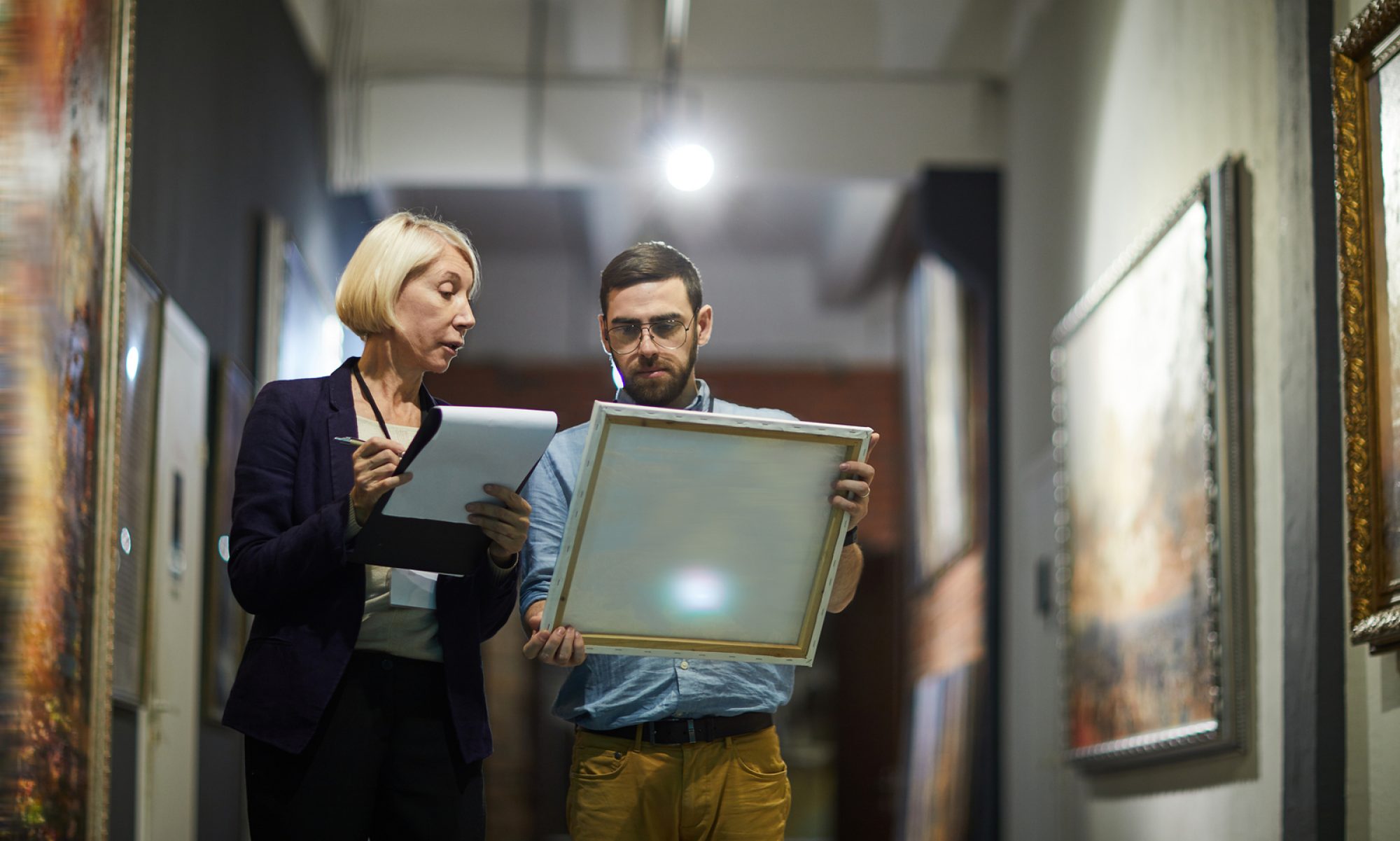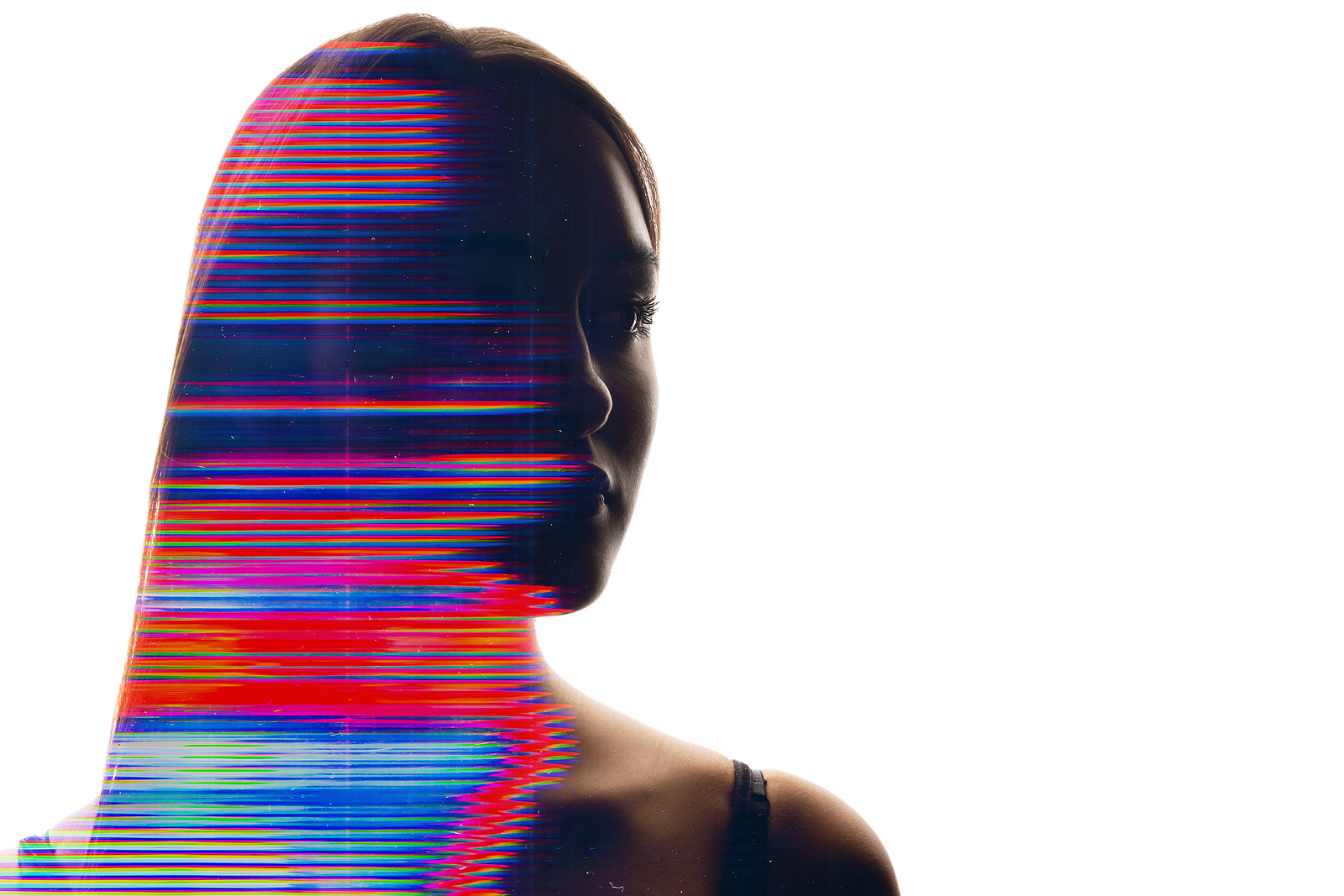If you are under the impression that a glitch is the worst thing that can happen to a work of art, you could not be more wrong. In fact, some artists purposely incorporate glitch aesthetics into their pieces. Glitch art is a fascinating movement that keeps gaining attention and followers, with the potential to become one of the most currently popular art trends.
What is glitch art?
Glitch art is created when an artist induces a digital or an analog malfunction on purpose. For example, one can play around with poorly functioning software, corrupted files, or editing tools to achieve glitch aesthetics in video art, digital paintings, or photos.
How did the glitch art movement start?
Although today, we associate glitch aesthetics with digital art, they have been present long before the medium was created. Glitches first started appearing in the work of video artists, with “A Colour Box” (1935) by Len Lye and “TV Magnet” (1965) by Nam June Paik being some of the most notable examples. Joan Heemskerk and Dirk Paesmans, a duo working together under the name JODI since 1994, are considered to be glitch art pioneers. Back then when the Internet was only around a decade old, they were designing interactive websites that displayed intentionally exposed lines of code, making them look broken.
What is the idea behind glitch art?
Each artist has their own reason for using a glitch in their work. Some like it strictly for decorative purposes, while others encode a deeper meaning in their artistic choices. Many see glitches as a way to break out from the restrictions of mainstream art forms and aesthetics. JODI is particularly famous for exploring the darker side of technology by tapping into human ignorance and fear of it.
How to achieve glitch aesthetics in art?
The great news is that tools that can help you make glitch art are almost universally accessible to any person. You can edit your videos or pictures in software or apps that will give off a “glitchy” vibe or work with actually broken files, devices, and software. Some artists even use strong magnets to manipulate pixels on screens. This method, also known as distortion, was especially popular among the earliest glitch artists.
Contemporary glitch artists
Looking for contemporary glitch artists to follow and get inspiration from? Platform 101 is an art institution established by the Iranian artist Mohammad Ali Famori. His “Manifesto of Iranian Glitch Art” is at the foundation of every show Platform 101 holds. The institution aims to develop the language of glitch art.
We hope you have fun exploring the world of glitch art. Maybe you will now want to create a piece inspired by this art movement yourself.

